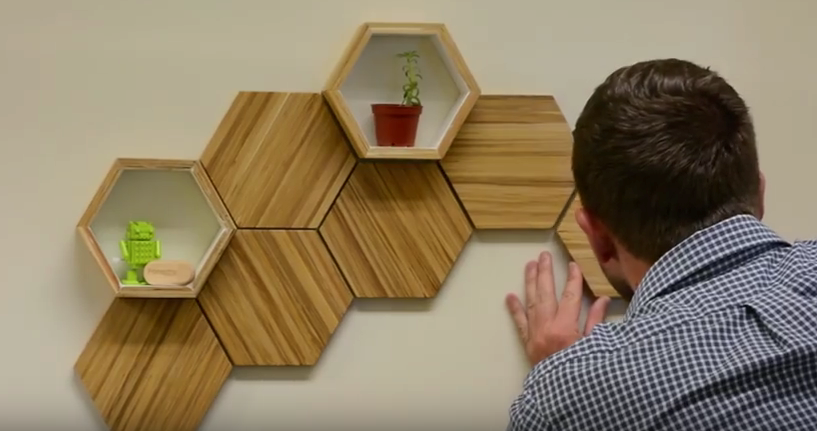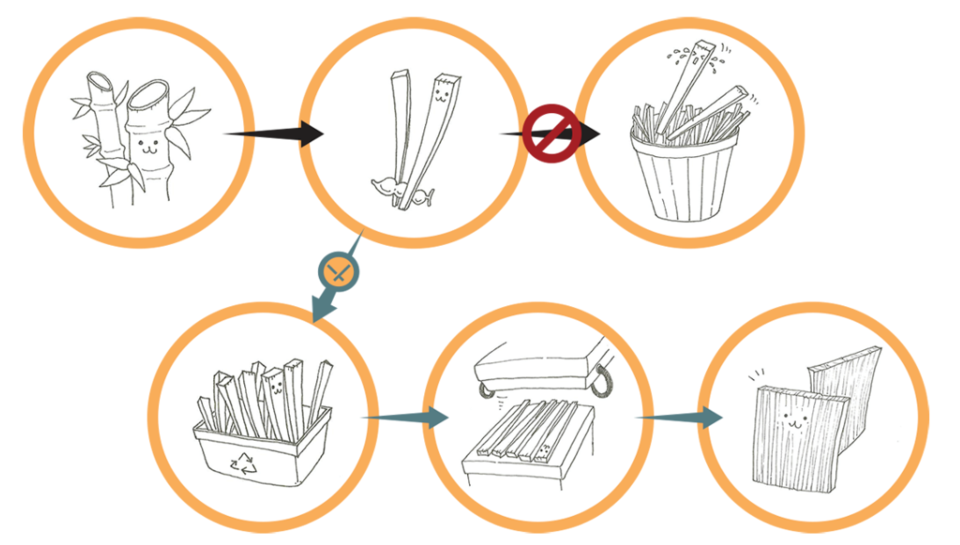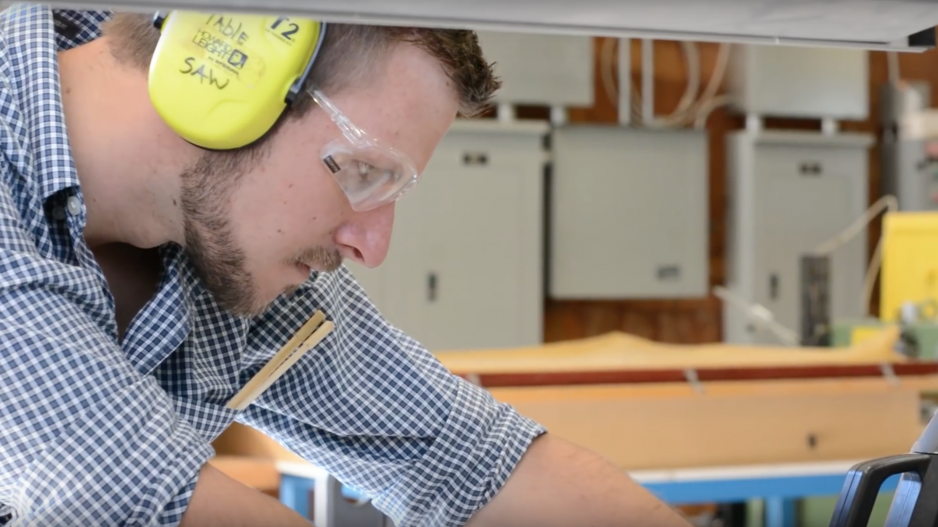Other than the Canucks, it’s hard to find something that Vancouverites love more than sushi. This rings especially true for UBC doctoral student and sushi enthusiast Felix Böck, who loves the Japanese cuisine so much he is now using recycled chopsticks to decorate homes.
“When I first started collecting chopsticks for research, I didn’t realize how many are thrown out,” said Böck in a press release. “It made sense to me to try and do something with them.”
What he did was create an entire home decor business, ChopValue, from used sticks strangers had put in their mouths. The PhD student is in the faculty of forestry and came to UBC from Germany to study bamboo as a building material. Located in the Pacific North West, British Columbia isn’t known for its rich bamboo forests. This was a problem for Böck until his girlfriend pointed out the obvious; the chopsticks they were using regularly were made from bamboo.

The student-turned-entrepreneur then realized the pure volume of used chopsticks meant they could be used for much more then just research, and he started collecting used chopsticks to turn into tiles, shelves and tabletops.

Böck estimates at least 100,000 chopsticks are thrown away every day in Metro Vancouver, and he wasn’t going to sit by and watch all that good bamboo go to waste. He said he needed to develop a system of collecting and cleaning thousands of chopsticks from around the city.
To ensure a steady supply stream of chopsticks, Böck set up ChopValue-branded recycle bins at over a dozen restaurants in Kitsilano. Böck said restaurants are motivated to use his chopstick recycle system as a cost-saving measure, because the cost of waste disposal is based on weight, and this program provides an opportunity to reduce that amount by up to 30 pounds.
After being collected and cleaned, the used chopsticks are then coated in a resin and put through a hot press. There, the sticks are bonded together into flat, square tiles that Böck then uses to create his products.
ChopValue uses Böck’s UBC lab as a kind of prototype facility where their chopsticks are cleaned, stained and fabricated into home decor products. Böck is currently looking for a permanent manufacturing facility and plans to officially launch his product this week at the Vancouver interior design show IDS West.




